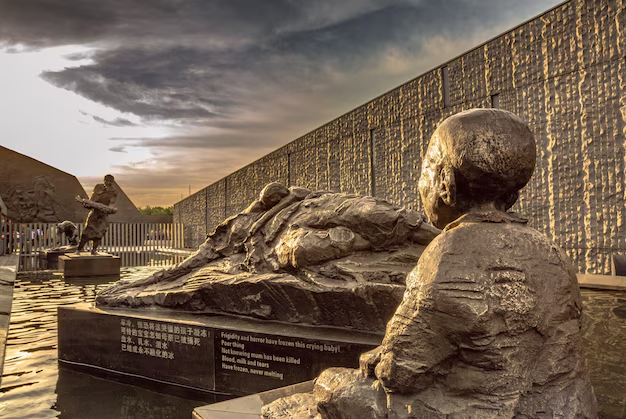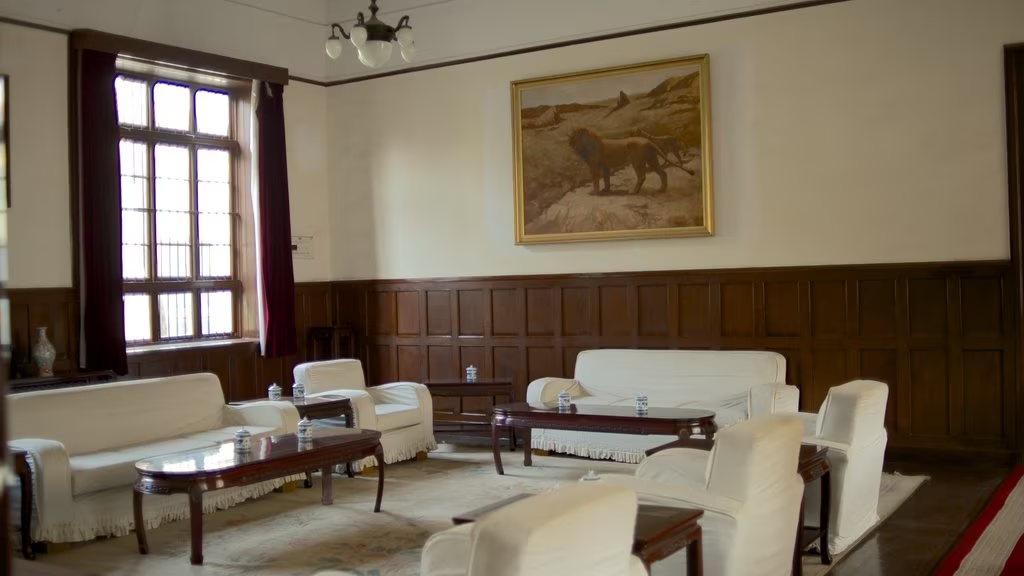Nanjing, the capital of Jiangsu Province, is one of China’s most historically and culturally rich cities. Known as the “Southern Capital,” it has served as the capital for multiple dynasties and offers a fascinating blend of ancient heritage, modern development, and natural beauty. Whether you’re a history buff, a foodie, or a nature lover, Nanjing has something to offer. Here’s a travel guide to help you make the most of your visit.








A Travel Guide to Nanjing
Getting There
Nanjing is well-connected by air, train, and road. Nanjing Lukou International Airport (NKG) serves both domestic and international flights, though many travelers arrive via high-speed train at Nanjing South Railway Station, one of China’s busiest rail hubs. The city is about an hour from Shanghai and four hours from Beijing by bullet train, making it an easy addition to any China itinerary. Within the city, the efficient metro system, buses, and taxis make getting around a breeze.
When to Visit
The best times to visit Nanjing are spring (March to May) and autumn (September to November), when the weather is mild and pleasant. Summers can be hot and humid, while winters are chilly and damp. If you visit in spring, don’t miss the plum blossoms at Plum Blossom Hill, and in autumn, the fiery red maples on Qixia Mountain are a must-see.
Top Attractions
The Sun Yat-sen Mausoleum (中山陵) ★★★
Located on the slopes of Purple Mountain (Zijin Shan), this grand tomb honors Dr. Sun Yat-sen, the father of modern China. Climb the 392 steps to the top for a stunning view of the city skyline and surrounding greenery. The area around Purple Mountain also includes other sites like the Ming Xiaoling Tomb and Linggu Temple, making it a full-day adventure.








Memorial Hall of the Victims in Nanjing Massacre by Japanese Invaders (侵华日军南京大屠杀遇难同胞纪念馆) ★★★
A somber yet essential stop, this museum commemorates the victims of the 1937 Nanjing Massacre during World War II. The exhibits are powerful and thought-provoking, offering insight into a dark chapter of history. It’s a place for reflection rather than casual sightseeing.








Nanjing City Wall (南京城墙) ★★
Built during the Ming Dynasty, this is one of the best-preserved ancient city walls in China. You can walk or bike along sections of the 33-kilometer wall, with Zhonghua Gate being the most impressive entry point. The views of the city from the top are worth the climb.








Jiming Temple (古鸡鸣寺) ★★
This bustling area combines history with lively nightlife. The Confucius Temple dates back to 1034 and is surrounded by traditional architecture, shops, and restaurants. Take a boat ride along the Qinhuai River at night to see the illuminated lanterns and bridges—a quintessential Nanjing experience.








Ming Xiaoling Mausoleum (明孝陵) ★★
Nestled at the foot of Purple Mountain (Zijin Shan) in Nanjing, China, the Ming Xiaoling Mausoleum is a must-visit historical site that offers a deep dive into the grandeur of the Ming Dynasty. As the final resting place of Zhu Yuanzhang, the founding emperor of the Ming Dynasty (also known as the Hongwu Emperor), and his empress, Ma, this UNESCO World Heritage Site blends stunning architecture, serene landscapes, and centuries of history.








Presidential Palace of Nanjing (总统府) ★★
The Presidential Palace of Nanjing, located at No. 292 Changjiang Road in the Xuanwu District, is one of the city’s most significant historical landmarks. Once the seat of power for the Republic of China from 1927 until 1949, it now serves as the China Modern History Museum, offering a fascinating glimpse into China’s tumultuous modern past. With over 600 years of history, stunning architecture, and beautifully preserved gardens, this site is a must-visit for history enthusiasts and travelers alike.





Food to Try
Nanjing’s cuisine is part of the Jiangsu culinary tradition, known for its delicate flavors and fresh ingredients. Don’t leave without trying:
Salted Duck (Yánshuǐ yā): A local specialty, tender and flavorful, often served cold.
Duck Blood Soup (Yā xiě fěn sī tāng): A surprising delicacy with vermicelli noodles, duck blood cubes, and a savory broth.
Pan-fried Beef Dumplings (Niúròu guōtiē): Crispy on the bottom and juicy inside—perfect street food.
Tangbao: Steamed buns filled with hot soup and meat, a Jiangsu classic.
Head to the Fuzimiao area or Laomendong for food stalls and restaurants serving these dishes.
Practical Tips
Language: While English isn’t widely spoken, many tourist sites have English signage. Carry a translation app like Google Translate or Pleco.
Currency: China uses the Yuan (CNY). Mobile payments (WeChat Pay, Alipay) dominate, but cash or an international card works at major spots.
Transport: The metro is cheap and efficient—buy a rechargeable card for convenience.
Etiquette: Respect local customs, like queuing politely and avoiding loud behavior in sacred sites.
Day Trip Ideas
Qixia Mountain: About 22 km from the city, this forested hill is famous for its Buddhist temple and autumn foliage.
Yangtze River Bridge: A symbol of Chinese engineering from the 1960s, it offers great views and a glimpse into Nanjing’s modern history.
Conclusion
Nanjing is a city where the past and present coexist harmoniously. From its imperial tombs to its vibrant riverfront, it invites travelers to explore its layers of history and culture. Pack comfortable shoes, an open mind, and an appetite—Nanjing won’t disappoint!












Leave a Reply